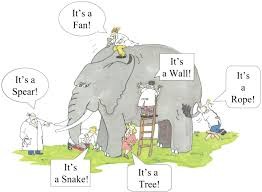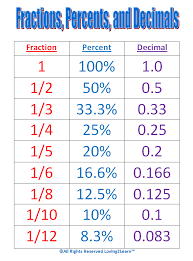What is ‘multiple perspectives’?
Liping Ma describes one of the properties of someone who has a profound understanding of mathematics as a person who has ‘multiple perspectives’. What this means, in terms of teaching maths, is that as a teacher you would have many different ways of coming to a solution instead of just one way that is fixed. This means that if you are given a problem, that is slightly different from ones you have done before, you will not be hampered by only knowing one way to find a solution, and it may not be the best or easiest way, you will have many ways to find a solution and even if you don’t you will still try and work one out.
Sometimes looking at things another way will give you the answer.
How do multiple perspectives fit into the ‘real world’?
Lets look at logistics…
Logistics is the effective planning and implementing of the storage and distribution of goods and services. This can be done on a small scale, such as a local delivery service for meals on wheels to an enormous scale such as…
…THIS!
(Now, obviously this isn’t a true representation of Santa’s delivery routes as some countries don’t seem to get anything)
However, let’s just think how this delivery driver would use a multiple perspective and fundamental mathematics to help him on his way.
He would need to plan his delivery route, taking into account the basic mathematical principles of:
Time and Distance
To work out the quickest route between all his stops whilst taking into account the time zones he will cross.
Ordering
To pack his sleigh correctly, keeping the presents he needs first in easy to get places.
To make sure the heaviest parcels go on the bottom and the lightest on the top.
Tessilation
To work out if the shapes will fit together to save space.
Shape and size
To work out how many presents he can fit in his sleigh.
Probability
To take in to account likely factors that will impact the deliveries such as heavy traffic, bad weather, diversions and hungry reindeer!
In addition a multiple perspective will allow this delivery person to use his multi-faceted problem solving abilities to successfully plan around any difficulties or delays that may occur.













